Arguments erupted back home over credit for Chinese researchers
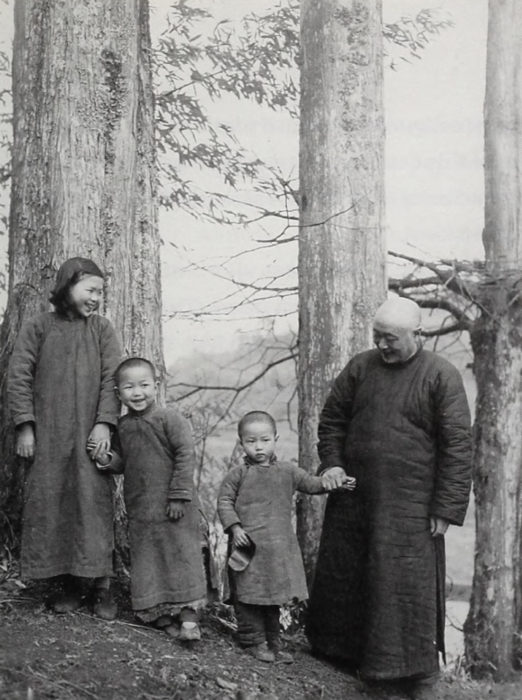
Save the Redwoods League was the sponsor of a 1948 scientific expedition that thrilled the western world with news that a third, until then unknown, species of redwood, Metasequoia glyptostroboides (or dawn redwood), was thriving in south central China. The expedition also generated criticism of what now would be termed “parachute” science—in which scientists from developed nations drop down to conduct research in the developing world and diminish the efforts of local scientists.
This 1948 excursion, led by Ralph Chaney, paleobotanist of the University of California, Berkeley, and future League president, was inspired when he received samples of twigs and needles from Hsen Hsu Hu of the Fan Memorial Institute of Biology in Beijing. Hu, with the help of forestry professor Wan-Chun Cheng and others, had identified samples of the “living fossil” tree, Metasequoia.
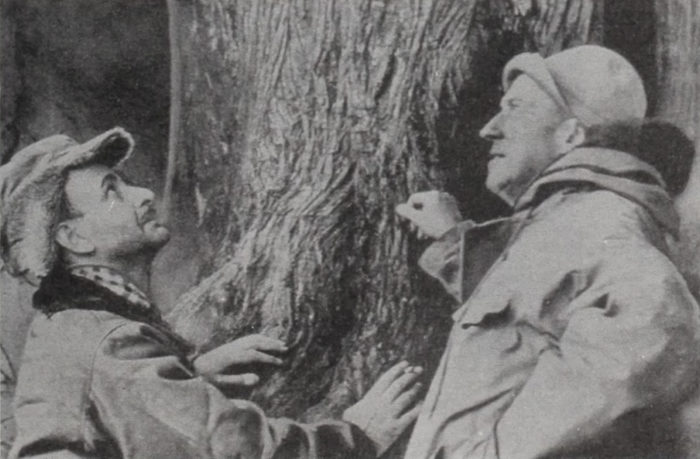
Hu had first announced this discovery in a 1946 paper and followed it in 1948 with another paper co-authored by Cheng. They determined that the deciduous tree formerly called the water fir or shui-sa that grew in a mountainous area in Sichuan province was identical to the fossil Metasequoia then believed extinct for 20 million years. Before publishing, Hu consulted with Chaney and another eminent botanist Elmer D. Merrill at Harvard’s Arnold Arboretum. In 1947, Merrill had forwarded $250 and Chaney $25 to Hu to fund collection of Metasequoia samples.
When Chaney, whose interest was in reconstructing ancient plant communities, examined the Metasequoia samples later forwarded to him, he immediately wanted to see how it lived and with what other trees it was associated. Chinese communist forces were poised to invade Sichuan and Chaney believed, correctly, this would be his best chance. Newspaper science writer Milton Silverman was with Chaney when he examined the specimens. They gained backing from the San Francisco Chronicle and Save the Redwoods League for a hasty excursion to China.
The expedition had shades of grandiosity. When departing from Wanzhou on the Yangtze River, their equipment included cots, sleeping bags, blankets, cooking equipment, sacks of rice, a case of bourbon, DDT powder, medical supplies, chemicals for preserving botanic samples, and collecting equipment. They hired a guide, numerous armed guards, about 12 locals to carry equipment, and another dozen to carry sedan chairs holding Chaney, Silverman, and their translator. (In his account of the excursion, Silverman noted, “I did not relish the idea of being carried by human beings.” He hiked.)
Chaney, however, didn’t object, partly because he was suffering from the aftermath of a heart attack misdiagnosed as bronchitis, as well as asthma and dysentery. A three-day trek through the mountains led the team to three Metasequoia trees in the Sichuan village of Modaoqi. Another two-day hike through rugged terrain brought them to the small village of Shui-sapa (now Xiaohe Commune) in neighboring Hubei Province. Because Chaney needed medical attention, they remained only one night; however, his crew made a quick survey of the more than 1,000 Metasequoia as well as other plant species thriving in the gorges.
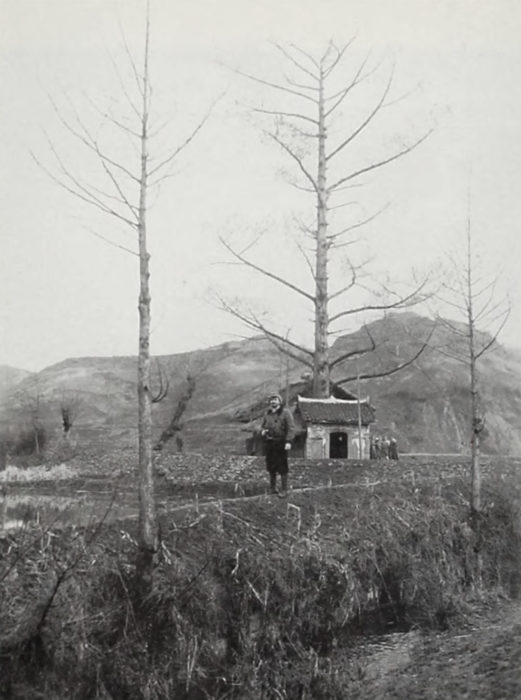
In Nanjing, while Chaney recuperated, Silverman continued work on five articles for the San Francisco Chronicle. The first, a front-page story picked up by wire services and NBC, was headlined, “100,000,000-Year-Old Race of Redwoods. Science Makes a Spectacular Discovery.” Readers loved it.
Merrill at Harvard, however, was not pleased. Although Silverman’s article—and all of Chaney’s as well—indicated that the discovery of the tree belonged to Chinese foresters and scientists, the Chronicle attributed “discoverer” status to Chaney and Silverman. The acclaim infuriated Merrill. Merrill conceded that Chaney had collected four saplings, but insisted any seeds they brought back were not ones collected during the excursion as it was far too early in the season. Because of this, Merrill declared the expedition a “publicity stunt.” Merrill also derided the name “dawn redwoods” invented for newspaper readers.
Further, he charged that Chaney had been disrespectful to the Chinese scientists and had ignored Merrill’s role in arranging for the original specimens and the distribution of seeds worldwide. Merrill argued that the best method for doing botany in developing countries, once local scientists received training, was to help fund their work and leave them the glory. Merrill insisted that the era of colonialist botanical “raids” had ended.
The controversy could be regarded as a disagreement between one forward-thinking scientist focused on ecosystems, Chaney, and another more intent on gaining botanical samples, Merrill. Despite its ecological focus, Chaney’s expedition, in style, reflected past colonialist excursions—and even current accounts of this discovery often push the Chinese scientists into the background. Perhaps, Merrill, after all, was the forward thinker of the duo.

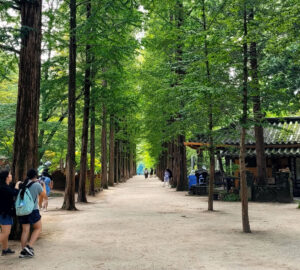
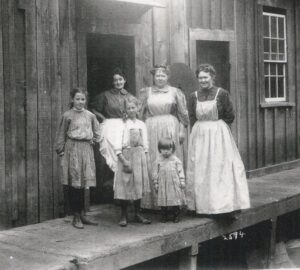
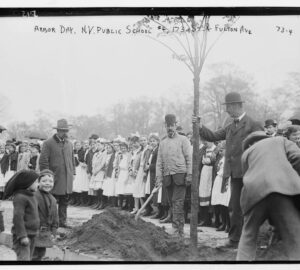
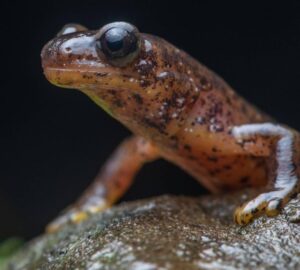
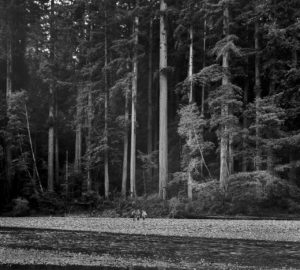
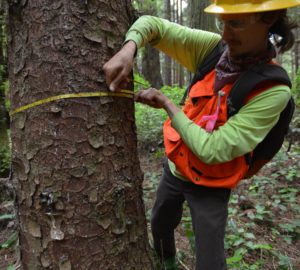
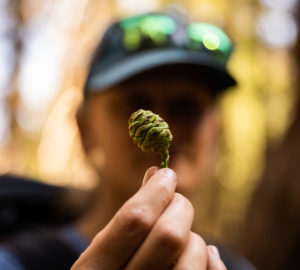
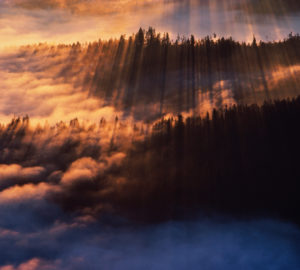
4 Responses to “‘Discovery’ of dawn redwoods sparked controversy at the time”
Tim Riley
Great historical perspective! Thank you. May humanity seek to spread biodiversity instead of squabbling for credits. Dawn redwoods can be propagated from cuttings of thinner than pencil-thick green twigs dipped in a bit of rooting powder and planted in sterilized medium. Frequent misting and care will allow some small percentage of success. I’ve got a 25-foot tall Dawn Redwood nurtured from a cutting made 30 years ago and every fall it shows it’s lovely amber foliage.
A
Thanks for this informative article. I was seeking out more information about this “discovery” after reading an article in Bay Nature that centered Chaney and Silverman’s expedition. The BN article describes their “grueling” journey, so it’s enlightening to learn that Chaney was carried. I really appreciate the discussion of parachute science here.
NANCY BAHR
As a former Bay Area Brat, I live in McMinnville Oregon and was delighted to find a Dawn Redwood at a local nursery! We planted one in our backyard and it is an amazing tree and especially enjoy it when it looses its leaves for winter. Thank you for the article…I hope it is okay, but I printed it out for guests to read because they look at me like I’m crazy when I tell them that: “The Metasequoia is the official fossil of the State of Oregon!!!”
Fred Nadis
Fantastic! Lucky you!